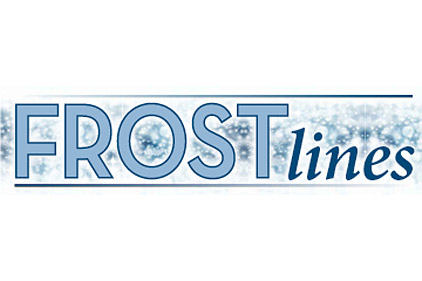The U.S. Environmental Protection Agency (EPA) has given Significant New Alternatives Program (SNAP) approval to three HCs. The idea is to open the door for greater use of such refrigerants in the United States. The argument in favor of HCs is that they are said to be less potentially damaging to the environment than HCFCs and HFCs should they leak from a less than tight system.
The challenge is that working with HCs is a learning curve for many technicians in North America. One issue relates to their flammability as they have an A3 safety rating. So it is one thing for the EPA to approve the refrigerants. But manufacturers will only bring a plethora of equipment running on such refrigerants to the marketplace if the customer wants to buy them — and technicians are available who want to work on such equipment.
In an upcoming issue of The NEWS, we will look at this issue in more detail — although it may be some time before we have a really good handle on wider use of HCs in North America.
The reason why there is an interest in wider use of HCs in North America is that talk continues over replacing more and more equipment running on HCFCs and HFCs with HCs, CO2, and ammonia. But even some of the strongest advocates, while happy to see HCFCs being phased down, are banging their heads a bit over what they see as a lack of progress in getting more regulations restricting the use of HFCs.
Read the story elsewhere in this issue of FROSTlines that is based on an extensive report from Eurammon, a joint European initiative of companies, institutions, and individuals who advocate an increased use of natural refrigerants. While calling for greater use of natural refrigerants and more regulation of f-gas refrigerants, there is a bit more sense of frustration on the part of those who wrote the report over the lack of progress in regards to both more use and more regulations.
Publication date: 01/30/2012











